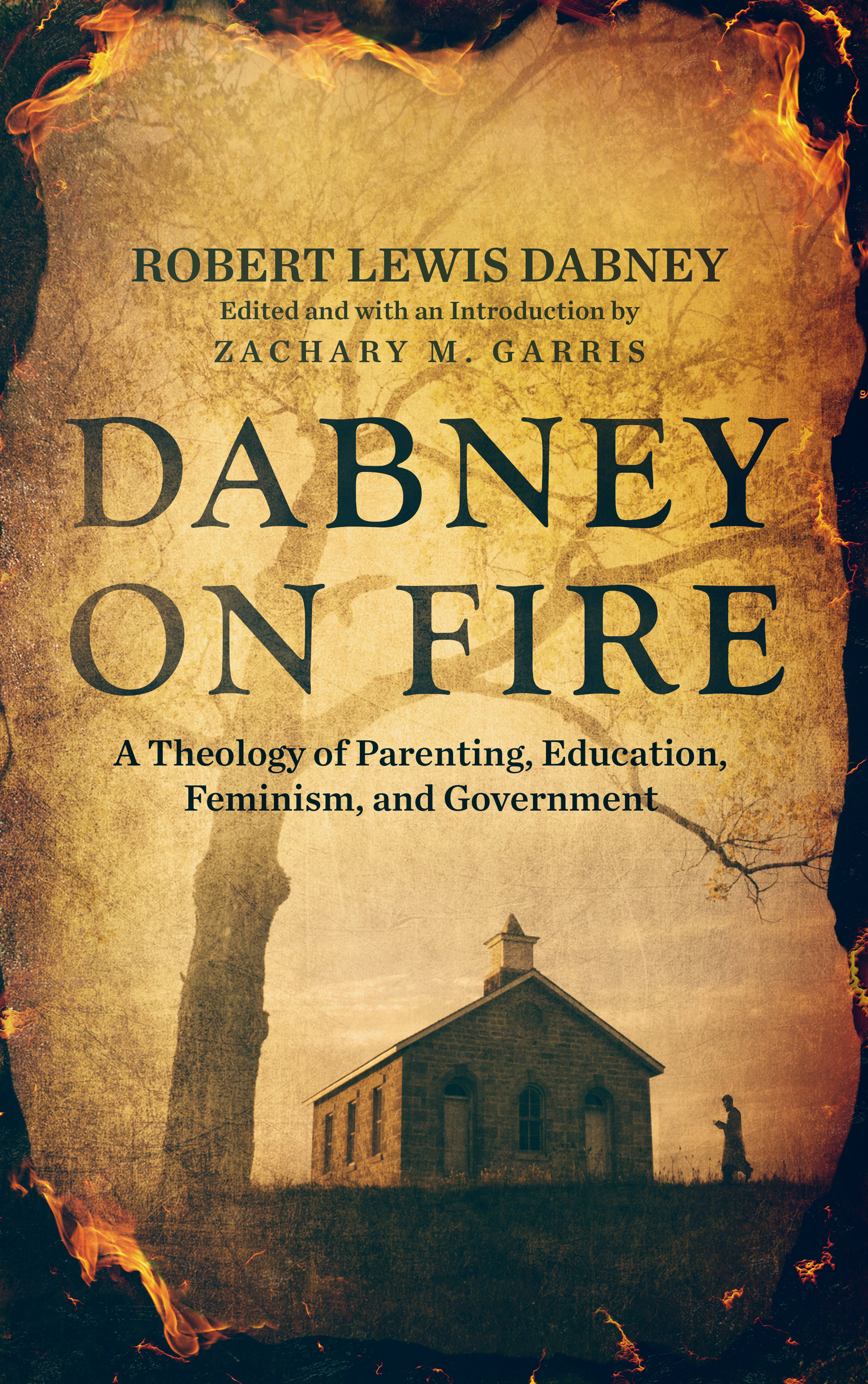Learning the History of American Presbyterianism
/Why would anyone want to learn the history of American Presbyterianism? There are a several reasons. Presbyterians, of course, should be acquainted with their own history and tradition. However, even non-Presbyterians will benefit from studying Presbyterian history. This is because the history of the American Presbyterian church is wrapped up in American history.
Though a major branch of American Protestantism, Presbyterians have still been disproportionately influential in American history. There have been several other long-standing Christian traditions in America (Anglicanism, Methodism, Congregationalism), yet Presbyterianism holds claim to some of the most influential Christians in American history. This includes conservatives like John Witherspoon, James Henley Thornwell, Robert Lewis Dabney, Charles Hodge, B.B. Warfield, J. Gresham Machen, and Cornelius Van Til.
However, Presbyterian history also includes more controversial figures such as Charles Finney, Charles Briggs, and William Jennings Bryan. There have been several American presidents who were Presbyterian, including Dwight Eisenhower and Ronald Reagan. Even the famous evangelist Billy Graham grew up in a Presbyterian church.
Presbyterianism’s influence is likely due it being the most intellectual branch of Protestant Christianity. It has produced many great thinkers and scholars who have written not only on theology, but also on political theory and social issues.
Studying Presbyterian history is even more interesting because it reflects the history of the United States of America. Presbyterianism followed Scottish immigrants to America during the 18th century. Thus, Presbyterianism endured the War for American Independence, the War Between the States, and the progressive movement of the late 19th and early 20th century. A trip through Presbyterian history is therefore a trip through American history.
For these reasons, I heartily commend to you Seeking a Better Country: 300 Years of American Presbyterianism by D.G. Hart and John Muether. This is an excellent book tracing the history of the American Presbyterian church.
There have been several splits in Presbyterianism over the years, resulting from theological as well as regional differences. The largest Presbyterian church (the PCUSA) split when the Southern church (what became the PCUS) left during the formation of the Confederate States of America in 1861. These two churches did not reunite until 1983, but this was after they had embraced theological liberalism. Most of the conservative Presbyterian churches left prior to the merger of Northern and Southern churches, including the OPC (formed in 1937) and the PCA (formed in 1973).
Like all works of history, this book requires focus to read. The controversies and church splits can get complicated, but the authors walk you through the details and explain things clearly.
Seeking a Better Country will help Christians to better understand how we got to where we are today. This in turn helps Christians to better understand the controversies of our own day. And like all church history, the book should inspire the reader to stand for God’s truth.
















